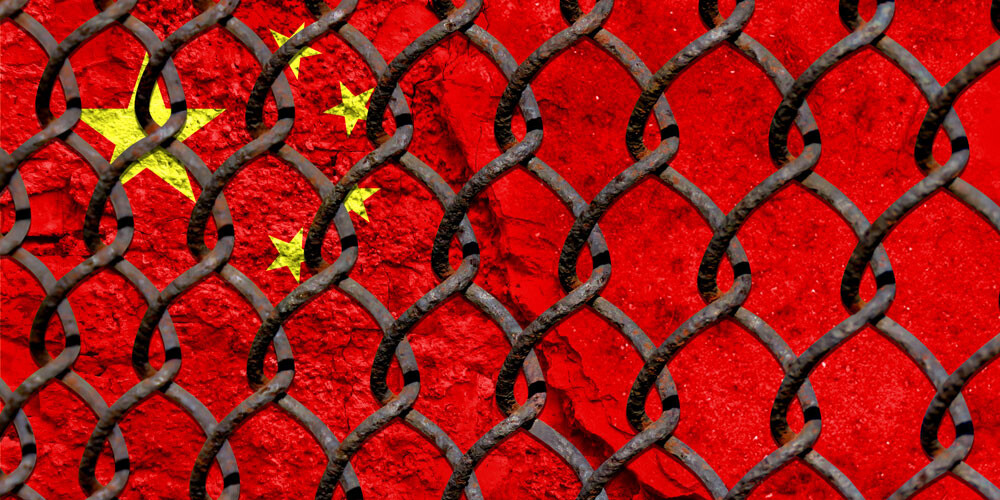
Export from China? 4 trade compliance tips on the new Chinese law
China's export control law has officially come into force. What does the new law mean for your exports from China? 4 tips for companies to make an assessment.

China's export control law has officially come into force. What does the new law mean for your exports from China? 4 tips for companies to make an assessment.
Detailed regulations defining the exact licensing procedures for controlled exports from China are still pending. As of today, the Chinese authorities have not yet published any further statements or guidelines detailing the practical implementation of the new export control law in China.
However, it would be wrong to assume that there is nothing for companies to do at this point.
Even before new product lists and official directives come into force, companies should evaluate whether they will be affected by the new Chinese export control law. It is only possible to efficiently incorporate new laws into existing internal compliance programs (ICP) if provisions have been made.
This includes assessing whether the new law may affect your exports from China. In this article, we summarize possible steps and measures that you can already take today.
Familiarize yourself with the contents of China's new export control law. Various law firms have made unofficial translations of the law available online - here is an example.
If you are looking for a version that is easier to understand, take a look at the straightforward overview that we have created for you here.
Identify the business units or the companies in your corporate structure that are subject to the scope of the new law. Please also consider business partners involved in your trading processes. As a general rule, companies established under Chinese law that engage in controlled exports from China are subject to the new law. Controlled goods include dual-use goods, nuclear materials, and military items – as well as "other" goods. This means that, for example, Chinese joint ventures as well as subsidiaries and parent companies of companies around the globe are also affected.
Carefully check the currently valid dual-use control lists published by the Chinese Ministry of Commerce (MOFCOM): The control list of December 31, 2020 as well as the list of controlled technologies of August 28, 2020. These existing lists will form the basis for the future control list under the new export control law. Such a review will give you an initial overview of controlled items and technologies – and enable an evaluation of your product master or your exports from China.
Review your internal export control procedures (ICP). An update is required if segments and measures necessary to evaluate new laws are not covered in your current internal export control process.

Export Controls from AEB automatically checks all your relevant transactions for license requirements and embargo restrictions worldwide. Ad hoc, fully automated, or company-specific. In the cloud or integrated in your ERP.